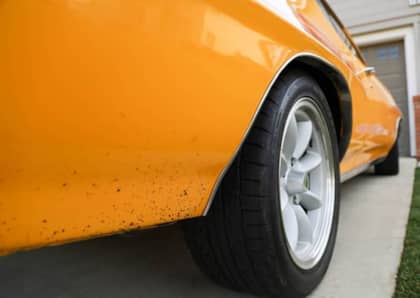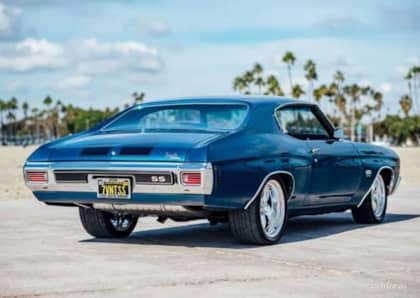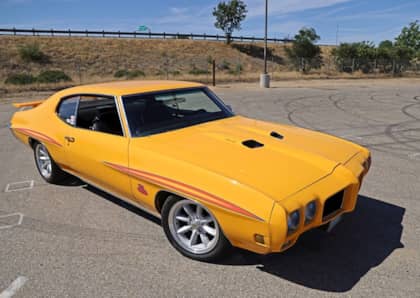The Power of Seventeen: Is the 17-Inch the Ideal Wheel & Tire Size for Vintage Muscle Car Projects?
If you have a vintage muscle car or pony car from the ‘60s or ‘70s that you want to upgrade or modify the amount of options can be overwhelming. Some might want to restore their car back to a 100% period correct state, right down to all the little tags and labels in the engine bay. Others might want to modify and modernize their classic so heavily that when it’s done it’s basically a new car with only the shape of an old one.
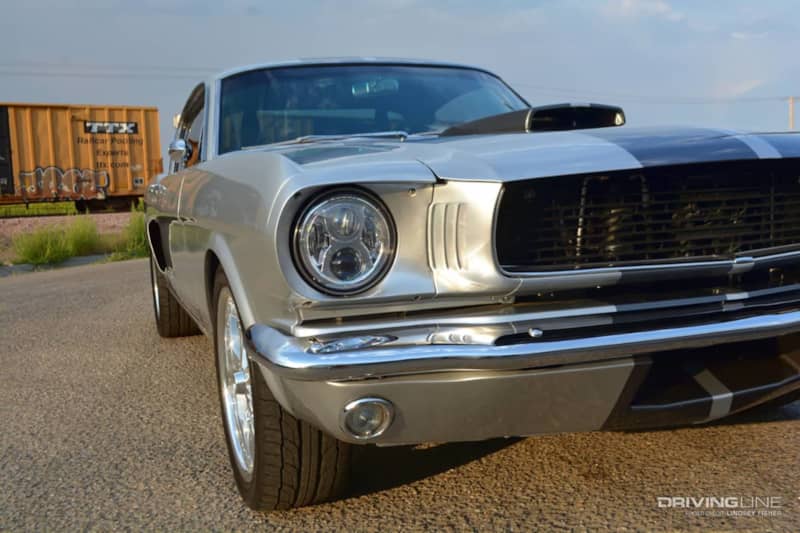
And then there’s the majority of people that fall somewhere in between. The ones that appreciate the fun and character of vintage cars, are operating on a realistic budget — but want to enjoy a taste of modern performance and functionality.
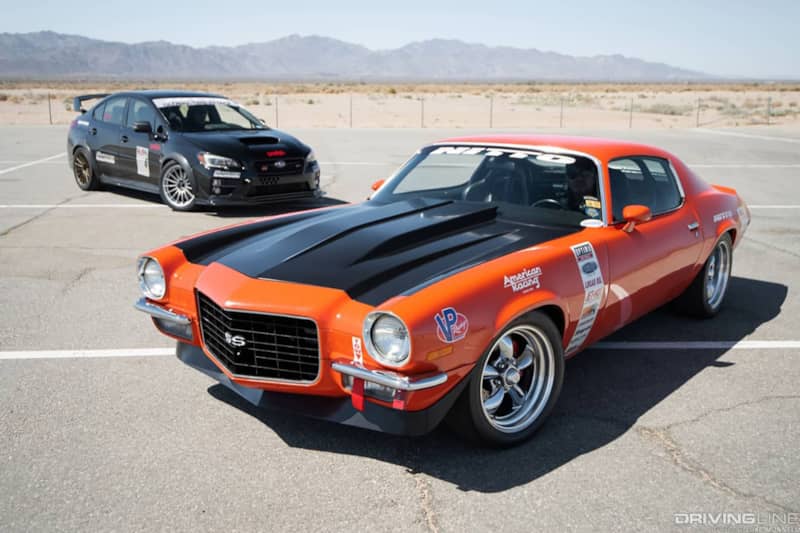
This could come in the form of simply upgrading factory drum brakes to disc or it could be as involved as swapping out an old carbureted small block V8 for a modern LS-family engine.
Balance, Balance, Balance
It’s always about finding a balance, not just regarding budget and the amount of work involved, but the personality you want your car to have when it’s done.
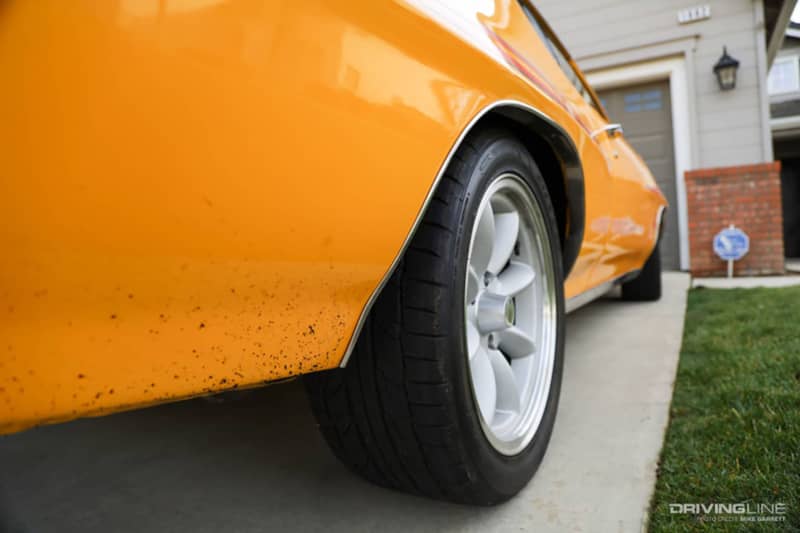
And nothing changes the character of a car like a set of wheels and tires — specifically, the diameter of those wheels and tires.
Looking around, you’ll surely notice many vintage muscle cars out there with wheel diameters much larger than they had stock, both show cars and track cars alike.
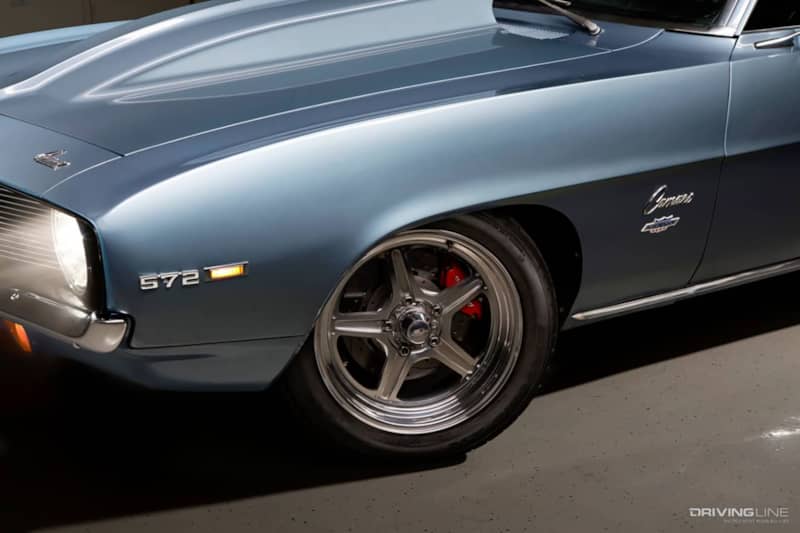
Some people like the way the larger wheels fill the fenders, some want or need to the extra performance capability that larger, modern tires bring. And some might like the larger wheel selection that a larger diameter offers.
But as with everything you do to your car, you’ll want to keep balance in mind. And we’ve seen a lot of very nice vintage builds that are let down by wheels that are just too big and rubber band tires that are just too small.
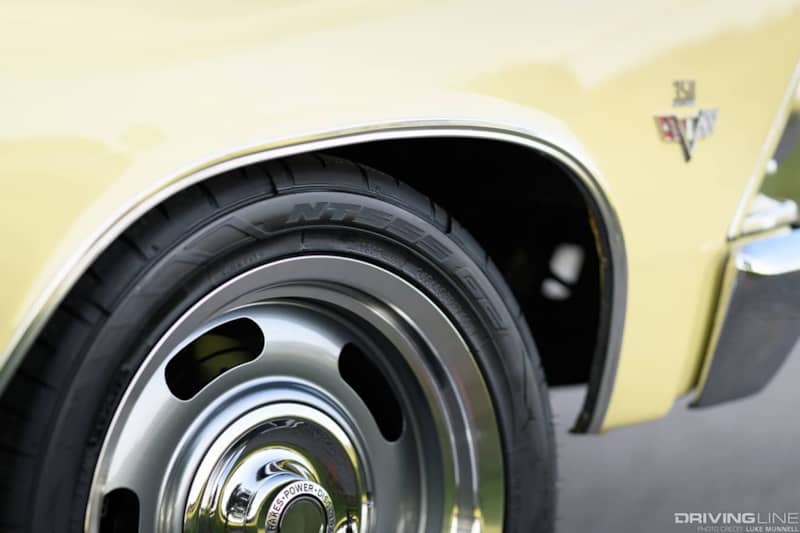
Generally speaking. You’ll want to keep a similar overall diameter tire to what the car was designed for, which means the larger the wheel you choose, the less tire sidewall you’ll have.
What about the all-original small-diameter wheels and big sidewall tires? For some the 100% period look is the way to go, and there’s nothing wrong with that.
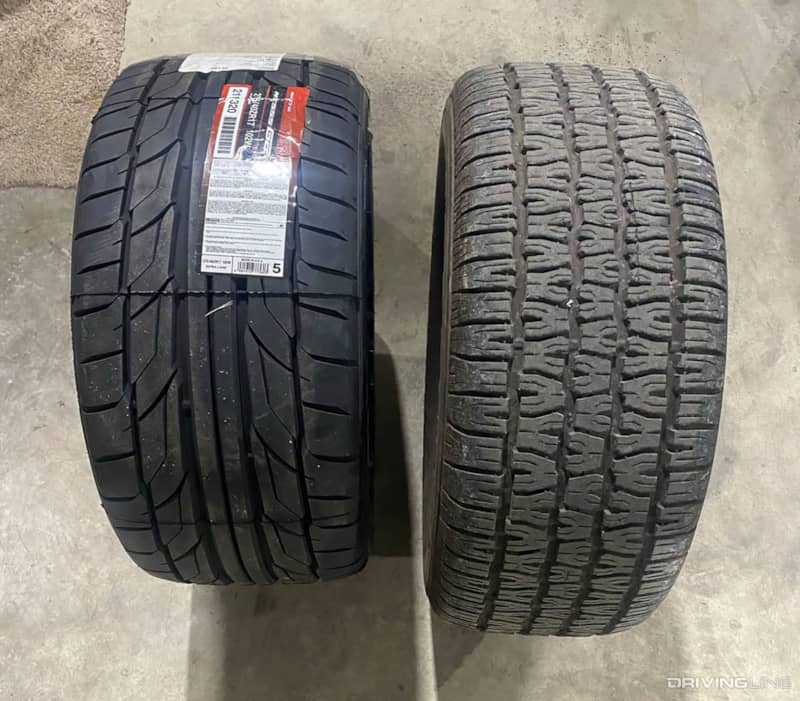
But if you want a true, modern high-performance street tire while sticking with the 14 and 15-inch wheels that came on muscle cars back in the day, you’ll find your options are slim to none.
The Just-Right Size
So after restomodding a few vintage muscle cars myself and seeing countless others in my travels, I’m convinced that in most cases 17-inch is the ideal size for a modified classic.

Yes, we are talking about a wheel two or three inches larger than stock, but on most cars that 17-inch size strikes a great balance between modern wheel & tire tech and the sidewall proportion that muscle cars need.
When selecting wheels, the 17-inch size is extremely common. You can find everything from ultra-lightweight forged alloys to up-sized reproductions of original steel and rallye wheels.
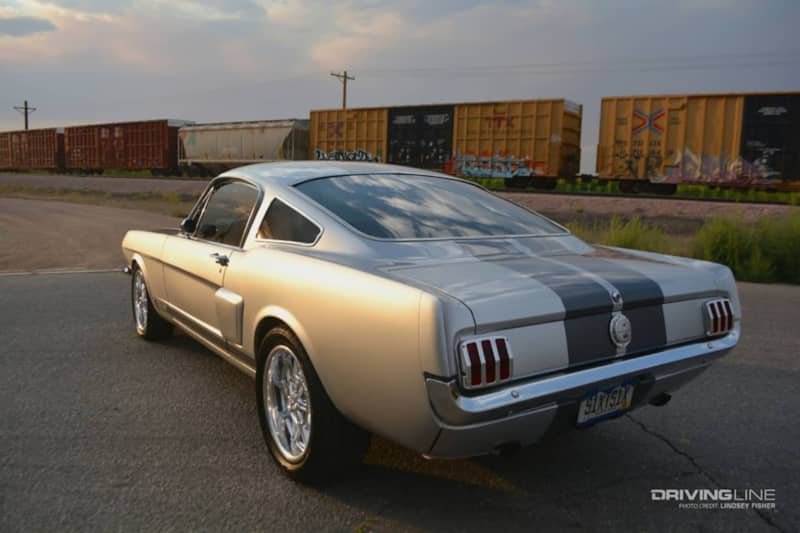
And as for tires, 17-inch diameter again strikes the perfect balance between tread options, weight and cost. 17s are also large enough that you should have no issues with clearance on modern disc brake upgrades.
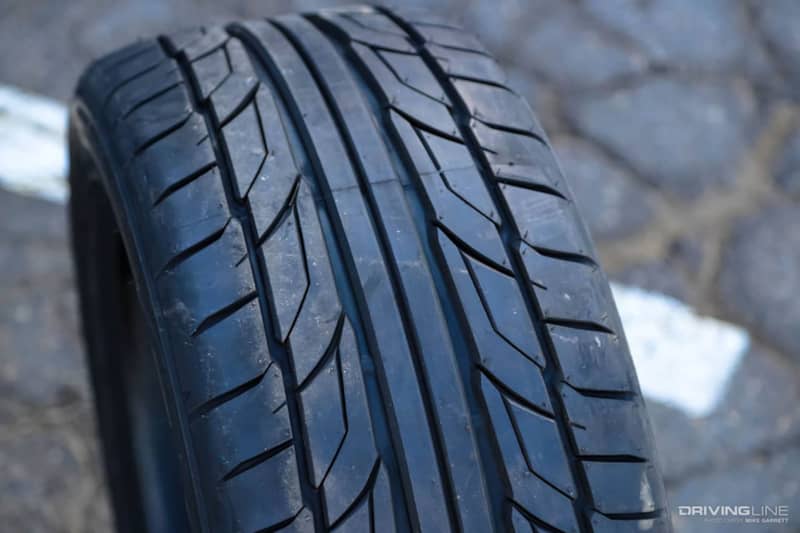
Yes, there’s no escaping that 17s will look larger than the stock wheels, but not so much that it’s out of place. And you can also enjoy the extra ride comfort from the bigger sidewall.
The Perfect Fit
Additionally, 17s are mild enough that they still look natural on a car with stock ride height and don’t need a crazy aggressive stance to pull off.
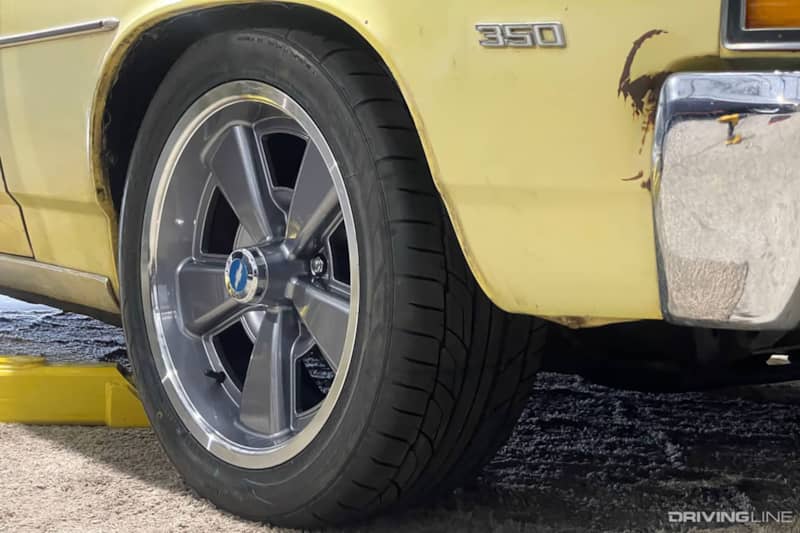
Wheels and tire sizes is a personal preference, and don’t get us wrong, plenty of muscle car and pony car builds look fantastic on 18 or even 20-inch wheels, especially when the suspension is upgraded to match.
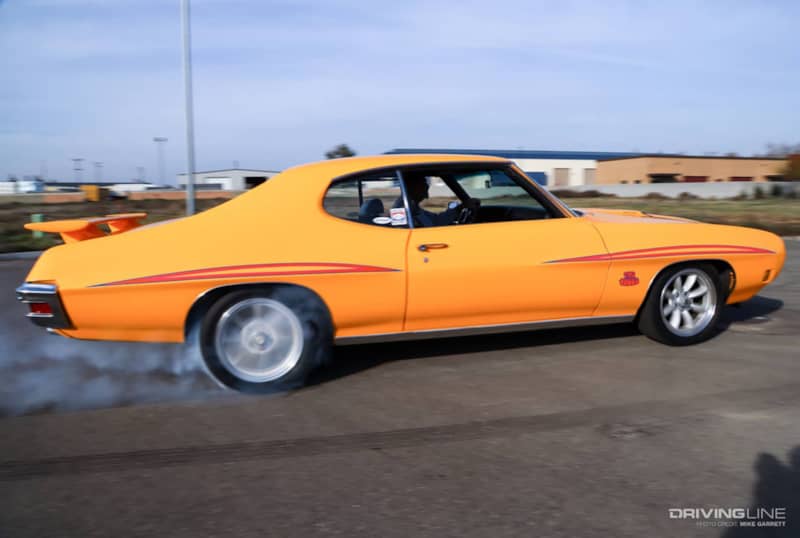
But generally speaking, when it comes to ‘60s, ‘70s and even ‘80s muscle cars 17-inch is the ideal wheel and tire size. It’s one that makes the a lot of sense both on paper, to the driver behind the wheel, and looks best to the eye.
More From Driving Line
- Looking for another way to make 17s look "correct"? How about a set of modern alloys based on a vintage factory design?




